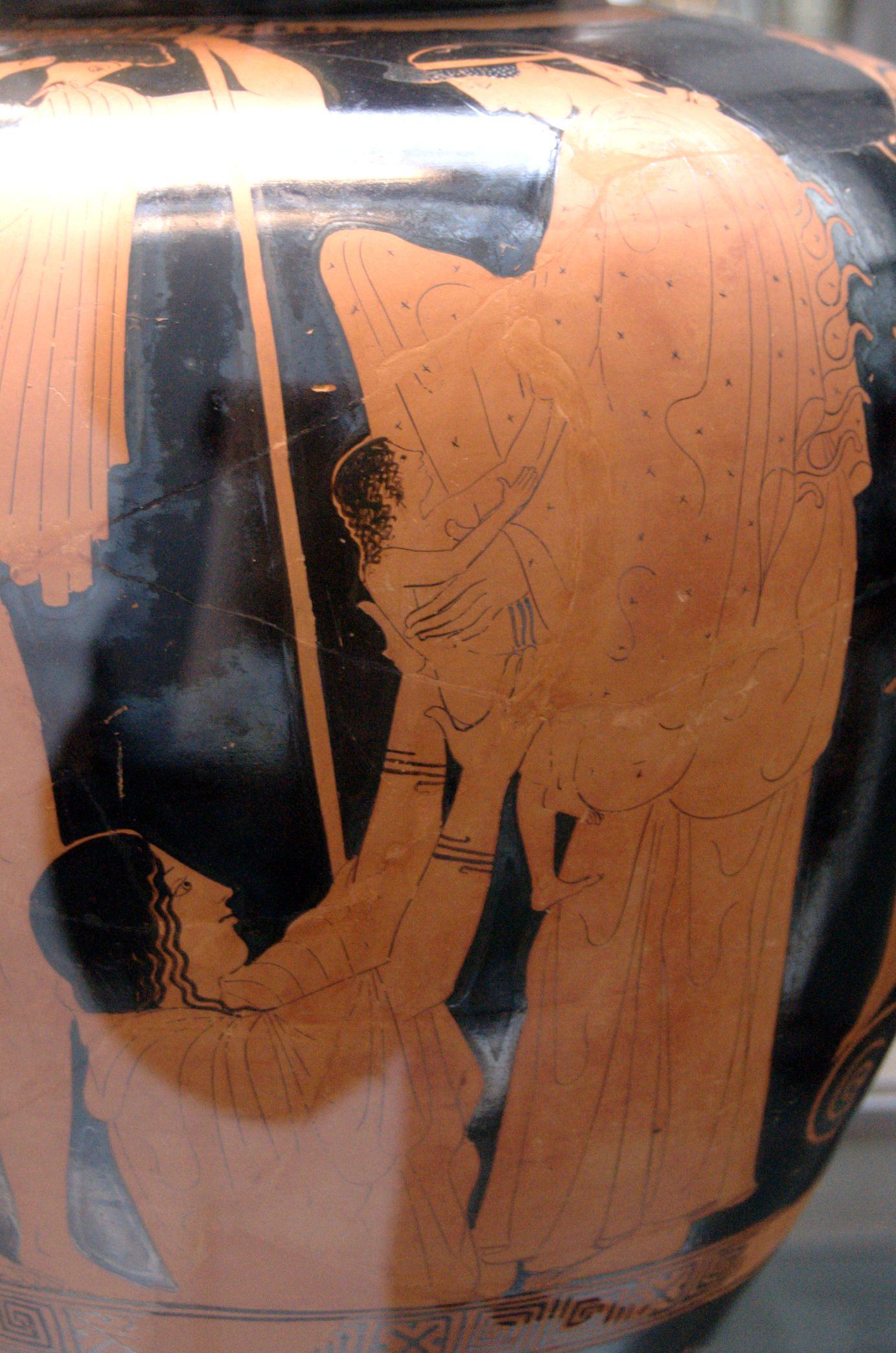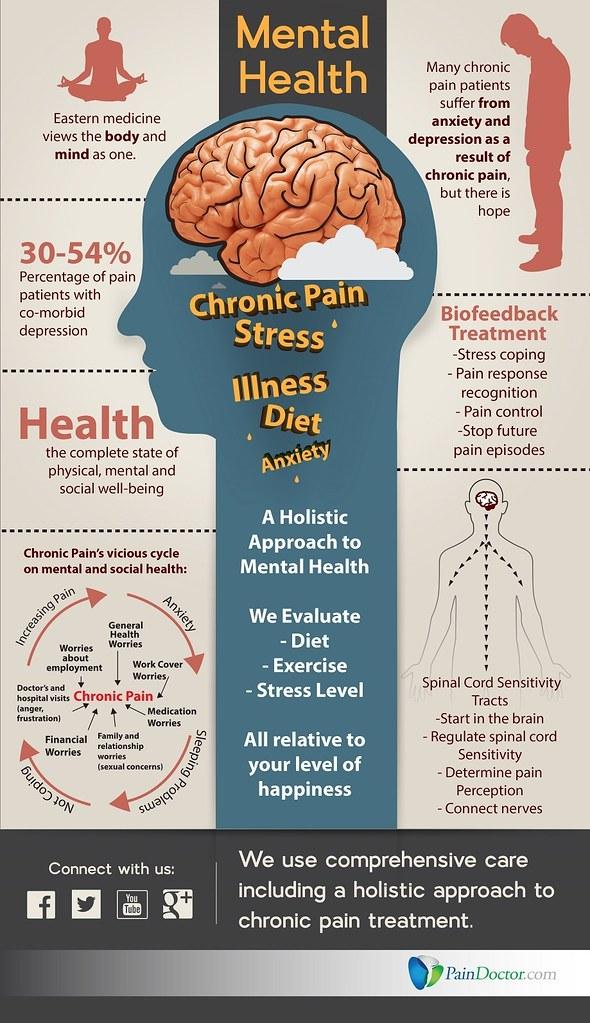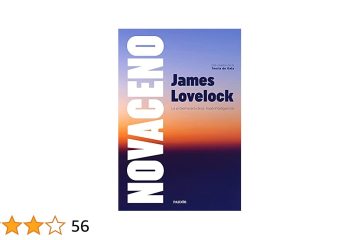In the realm of scientific minds and environmental philosophy, one name stands out like a beacon of innovative thinking: James Lovelock. His groundbreaking theory of Gaia challenges conventional wisdom by conceptualizing Earth as a self-regulating, living organism. Join us on a fascinating journey as we delve into the realm of James Lovelock and the Gaia theory, exploring the interconnectedness of all life on our planet.
Table of Contents
- Exploring James Lovelock’s Groundbreaking Gaia Theory
- Unveiling the Intricacies of Gaia Theory and Earth’s Interconnectedness
- Applications of James Lovelock’s Gaia Theory in Modern Environmental Science
- Embracing the Holistic Approach: Practical Steps Inspired by James Lovelock’s Gaia Theory
- Q&A
- In Conclusion
Exploring James Lovelock’s Groundbreaking Gaia Theory
James Lovelock’s Gaia theory proposes that the Earth functions as a self-regulating organism, maintaining conditions necessary for life to thrive. According to this paradigm-shifting concept, the Earth is much more than just a planet; it is a complex system where living organisms and the environment interact in a way that sustains life.
This revolutionary perspective challenges traditional views of the Earth as a passive entity and highlights the interconnectedness of all living beings on our planet. By viewing Earth as a single, self-regulating entity, Lovelock’s Gaia theory emphasizes the importance of preserving the delicate balance of nature to ensure the well-being of all living organisms. Through this lens, environmental conservation takes on a whole new meaning, emphasizing the need for collective responsibility and stewardship of our shared home.
Unveiling the Intricacies of Gaia Theory and Earth’s Interconnectedness
Explore the fascinating world of Gaia Theory, a concept that delves into the intricate interconnectedness between Earth’s ecosystems and living organisms. This theory, proposed by James Lovelock, suggests that the planet functions as a self-regulating system, maintaining conditions suitable for life.
<p>Understand how Gaia Theory highlights the importance of viewing Earth as a single, holistic entity where all elements, from the atmosphere to the oceans, work together harmoniously. By recognizing the mutual influence between living organisms and their environment, we gain a deeper understanding of our planet's resilience and fragility.</p>
Applications of James Lovelock’s Gaia Theory in Modern Environmental Science
James Lovelock’s Gaia Theory has found intriguing applications in modern environmental science, paving the way for a deeper understanding of Earth as a complex, self-regulating system. One notable application is the concept of Earth as a living organism, where the planet’s biotic and abiotic components interact to maintain optimal conditions for life. This holistic view emphasizes the interconnectedness of all living beings and their environment, highlighting the importance of environmental stewardship.
Moreover, the Gaia Theory has inspired innovative approaches in ecological modeling and sustainability practices. By acknowledging the Earth as a dynamic and interconnected entity, scientists have been able to develop more effective strategies for conservation and resource management. Key applications of this theory include:
- Utilizing regenerative agriculture methods to enhance soil health and biodiversity.
- Implementing biomimicry principles in design and engineering to mimic nature’s efficiency.
- Incorporating holistic ecosystem management strategies to promote resilience in natural systems.
In summary, James Lovelock’s Gaia Theory offers a profound perspective on Earth’s interconnectedness and the intricate balance that sustains life on our planet. By embracing this paradigm shift, modern environmental science can unlock new solutions to global challenges and foster a harmonious relationship between humanity and the natural world.
Embracing the Holistic Approach: Practical Steps Inspired by James Lovelock’s Gaia Theory
Inspired by James Lovelock’s groundbreaking Gaia Theory, embracing a holistic approach in our daily lives can lead to profound positive changes. The essence of this theory lies in viewing the Earth as a living, self-regulating organism, where all components are interconnected and influence each other in a delicate balance.
By incorporating practical steps inspired by the Gaia Theory, we can foster a sense of interconnectedness with our environment, promoting sustainable living and well-being. Embracing practices such as mindful consumption, fostering biodiversity, and respecting the delicate ecosystems around us can contribute to a harmonious relationship with our planet and all its inhabitants.
Q&A
**Q&A: Exploring James Lovelock and the Gaia Theory**
1. Who is James Lovelock, and what is the Gaia Theory?
James Lovelock is a renowned British scientist known for proposing the Gaia Theory. This theory suggests that the Earth functions as a self-regulating system, maintaining conditions necessary for life to thrive. It views Earth as a complex, interconnected organism where living organisms and their inorganic surroundings interact to form a single, self-regulating system.
2. How did James Lovelock come up with the Gaia Theory?
James Lovelock developed the Gaia Theory in the 1960s while working for NASA on a project to detect life on Mars. Through his research, he realized that the Earth itself exhibited characteristics akin to a living organism, leading him to propose the Gaia Theory.
3. What are the main principles of the Gaia Theory?
The Gaia Theory posits several key principles, including the idea that the Earth’s atmosphere, oceans, and land surface are all interconnected and regulate conditions to support life. It suggests that the Earth acts as a single, self-regulating system capable of adapting to changes to maintain habitable conditions.
4. How has the Gaia Theory influenced environmental science and sustainability?
The Gaia Theory has had a significant impact on environmental science and sustainability by highlighting the interconnectedness of Earth’s systems and the importance of maintaining balance to support life. It has encouraged a holistic approach to environmental issues, emphasizing the need to protect the planet as a whole rather than individual components.
5. Is the Gaia Theory widely accepted in the scientific community?
While the Gaia Theory has sparked debate within the scientific community, it has also influenced fields such as ecology, biology, and Earth systems science. Some aspects of the theory have been incorporated into scientific research, contributing to our understanding of the Earth as a complex, interconnected system.
6. How can the Gaia Theory inspire actions to protect the environment?
The Gaia Theory serves as a reminder of the Earth’s delicate balance and the interconnectedness of all living organisms. By understanding the planet as a self-regulating system, individuals and policymakers can be inspired to take actions that support environmental conservation and sustainability to maintain a habitable Earth for future generations.
In Conclusion
As we conclude our exploration of James Lovelock and the Gaia theory, it’s evident that his hypothesis revolutionized our understanding of Earth as a self-regulating organism. The notion of the planet as a living, interconnected system challenges us to reconsider our relationship with the environment. By delving into Lovelock’s innovative perspective, we embark on a journey of introspection and appreciation for the intricate balance of nature. Let us continue to ponder the profound implications of Gaia theory and strive to nurture our planet as a harmonious entity deserving of our respect and stewardship. Thank you for joining us on this enlightening voyage through the realms of science and philosophy.



0 Comments